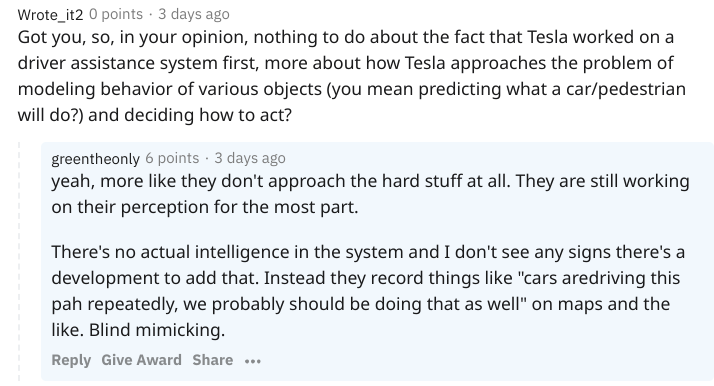dgatwood
Active Member
I use NDI|HX. That's what breaks down over 802.11ac or faster Wi-Fi. Hardwired networking is the only viable approach, even with a completely 100% dedicated Wi-Fi network in a building with no other Wi-Fi networks far away from anything. And wired networks are flawless with the same hardware on both ends.Most likely you are using software that works through standard ethernet equipment, in which case there's a lot of components (including sometimes the software itself) in between that can lead to dropped frames unrelated to the system being wireless (AKA it'll do the same even if the connection was wired). You can analyze the wireless connection for dropped packets (easy way to do this is just send a ton of pings, but there are other tools that can do so also). It's easy to find examples of people using wired connections with dropped frames when using NDI or NDI HX (lots if you just google it).
Pings are a bad way to analyze a network, because they have the lowest priority of any traffic. QoS on the router or switch will drop them on the floor far more often than real traffic.
Either way, NDI|HX latency is about an eighth of a second (even over wired Ethernet, and IIRC slightly higher over Wi-Fi). Any compressor technology would have to be bespoke to operate with low enough latency to be useful for autonomous driving.



